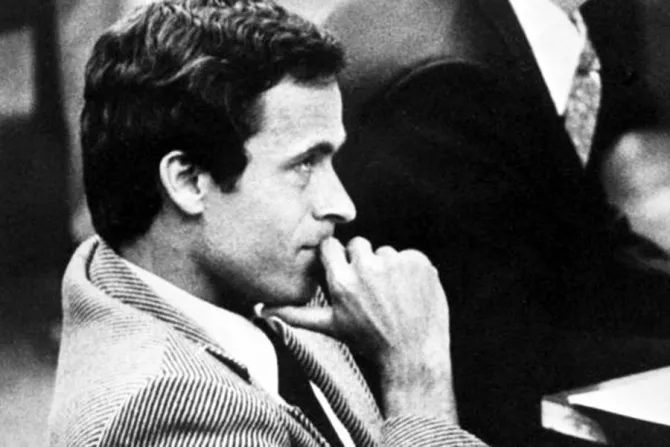However, “well-meaning people will condemn the behavior of a Ted Bundy while they’re walking past a magazine rack full of the very kinds of things that send young kids down the road to being Ted Bundys. That’s the irony,” he added.
While causation has been difficult to prove, a strong relationship with pornography exists for many violent offenders including numerous high profile murderers.
Brian Mitchell, who kidnapped and assaulted 14 year-old Elizabeth Smart in 2002, also had a pornography addiction. In 2016, after her release, Smart spoke to anti-pornography group Fight the New Drug about the effect that pornography had on her captor.
“Looking at pornography wasn’t enough for him. Having sex with his wife, after looking at pornography, it wasn’t enough for him,” Smart said. “And then it led him to finally going out and kidnapping me. He just always wanted more.”
She recalled one time when her captor “was just really excited and really kind of amped up about something.”
It turned out his excitement was over hard-core pornography, which he forced her to watch and reenact.
“I remember he would just sit and look at it and stare at it,” Smart said. “And he would just talk about these women. And then when he was done, he would turn and he would look at me, and he would be like, ‘Now we’re going to do this’.”
“It just led to him raping me more. More than he already did, which was a lot.”
Smart said she doesn’t know whether Mitchell would have kidnapped her had pornography not been involved.
“All I know is that pornography made my living hell worse.”
Studies show a correlation between pornography viewing and violent crimes. A 1995 analysis of 33 different studies showed that viewing pornography increases aggressive behavior, including having violent fantasies and even actually committing violent assaults. A University of New Hampshire study showed that states with the highest readership of pornographic magazines like Playboy and Penthouse, also have the highest rape rates.
(Story continues below)
Subscribe to our daily newsletter
Other violent criminals who frequently watched pornography and became violent offenders include Mark Bridger, who abducted, sexually assaulted and killed five-year-old April Jones, and kept explicit images of child sex abuse on his laptop.
In addition, U.K. serial killer Stuart Hazell amassed images of child abuse and bestiality, and took naked, sexual photographs of one 12-year-old victim. There is evidence he sexually assaulted her before killing her.
Serial killer Jeffrey Dahmer also once said in an interview that part of his routine before searching for his next victim included viewing pornography.
Online pornography is one of the fastest growing addictions in the United States, on par with cocaine and gambling.
Once confined to the pages of a smuggled Playboy magazine, pornography can now be in the hands of anyone with a smartphone, and is more prolific and anonymous than ever. PornHub, one of the world’s largest sites with porn video streaming, reports that it averages 75 million viewers per day, or about 2.4 million visitors per hour.
With growing access has come growing awareness of pornography addictions, however, with several celebrities speaking out against it, numerous states declaring it a public health crisis, and grassroots anti-pornography groups sprouting up to help the addicted quit pornography.




